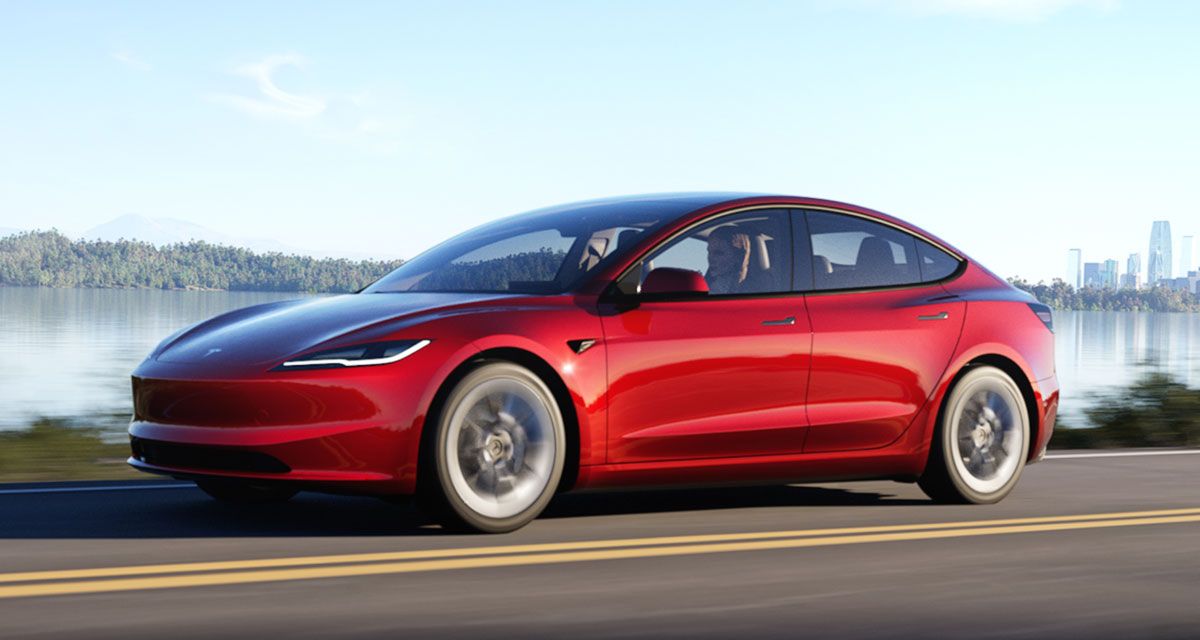S&P Global Mobility predicts that electric vehicle (EV) sales will capture 8% of the total U.S. new vehicle market this month. While the market share of EVs isn’t expected to see a significant increase from the previous month, analysts attribute this to the adjustments needed due to new federal tax credit rules introduced by the Inflation Reduction Act (IRA). However, S&P anticipates this to be a temporary obstacle, citing its earlier decision in late 2023 to double its U.S. EV sales forecast for 2030, fueled by the anticipated positive impact of IRA provisions
Analysts foresee steady growth in EV market share over the coming months, particularly with the introduction of more affordable models like the Chevrolet Equinox EV, Honda Prologue, and Fiat 500. Despite this, overall U.S. new-vehicle sales are projected to increase by 3% this year, indicating concurrent growth in both gasoline and EV fleets. Bloomberg analysts also predict a rise in EV market share to 13% this year, with sales potentially reaching up to 1.9 million vehicles.
In contrast, Europe currently leads in EV adoption, with EVs accounting for 16% of new vehicle sales, a figure that increases to 23% when plug-in hybrids are considered. This surpasses diesel cars, which have seen a decline in market share to 12%, making EVs the second most popular choice behind gasoline cars.
These sales trends align with a prediction from the Rocky Mountain Institute (RMI), suggesting that EVs could constitute over two-thirds of global sales by 2030, marking a significant increase from current levels. Despite the optimistic outlook, RMI anticipates a sixfold increase in EV sales by the end of the decade, indicating substantial growth potential in the EV market.

